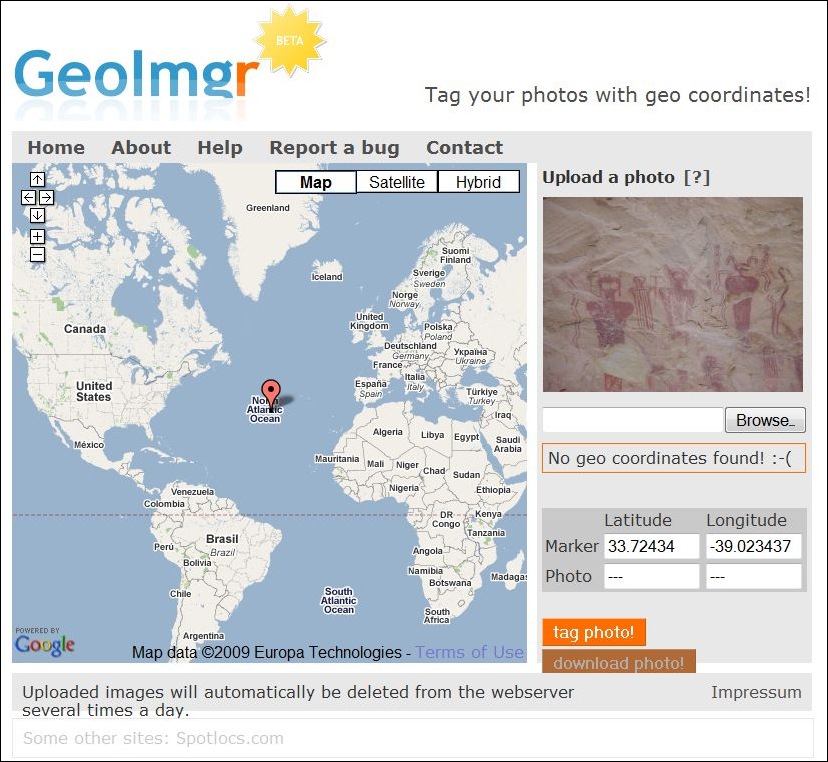


While not all cameras capture the geotagging information, a lot of cameras do, such as the Canon brand and such cameras will include the metadata (shutter speeds, flash, and other settings) embedded into the individual photo. Images from many digital cameras and cell phones capture not only the picture but all the related information ranging from make of the camera to location and latitude where the image was taken. Many people are unaware of geotagging possibilities held in the gadgets they own, while for others, they know but forget to disable them. It is the equivalent of adding a 10-digit grid coordinate to everything you post on the internet. Geotagging is the process of adding geographical identification to photographs, video, websites and SMS messages. This is advisable to avoid accidental edits.Be aware of the ability for your images to be geotagged. Once completed the XMP GPS fields may be disabled in Portfolio Administration, if there is no more requirement to add GeoTags going forwards. You should now see DMS values in both the XMP GPS, and EXIF GPS fields and see the location in the Geo-Map field in Portfolio. On entry Portfolio will embed these values into the original asset.Ĥ) Delete the asset record from the catalog, ensuring you DO NOT DELETE the original file itself!ĥ) Recatalog the file (typically automatic if using an Autosync watch folder). To add the tags:Ģ) Configure your Metadata panel to show the XMP GPS fields, either by viewing 'All Fields' or creating your own view of fields.ģ) Select the image(s) to tag, and enter the GeoTag values into the fields (as per above). In Portfolio Web/Desktop, GeoTags can be added individually or in bulk using the syntax outlined above to asset types that support XMP metadata. For tagging in Portfolio the above values, converted by the calculator, should be entered as: You can convert from DMS to DDM using mathematics, or more easily with one of many online calculators. However, XMP Metadata requires GPS to be in the "DDM" format (Degrees, decimal minutes) using a specific syntax. Altitude is provided as the height above sea level. Most tools provide values in the "DMS" format (degrees, minutes and seconds) along with directionality from the Equator/Prime Meridian. Tools such as Google Maps, Google Earth and others can provide the values. To add GeoTags, first identify the values for the location you wish to tag. To enable them:ġ) In Portfolio Administration, select your catalog under Catalogs, then select Fields. The XMP fields are already defined in Portfolio but by default are disabled. (Note: you should not do this for images that have correct GPS data). Whilst EXIF GPS fields are 'read-only' and cannot be edited, it is possible to GeoTag images using XMP metadata. This can happen sometimes, for example with photos taken indoors. However, images may be missing this EXIF metadata, typically because the capture device does not have GPS, or the camera couldn't get a GPS signal at the time of the shot. Portfolio extracts EXIF GPS metadata for use with the Map View functionality. Durch Aufrufen dieses Artikels unterstützen Sie uns, dessen Übersetzung zukünftig in Betracht zu ziehen.įalls Sie zusätzliche Unterstützung oder für den Kundendienst relevante Fragen haben, wenden Sie sich bitte an unser deutsches Kundendienst-Team über dieses Formular: Dieser Artikel ist nicht in Deutsch verfügbar.


 0 kommentar(er)
0 kommentar(er)
